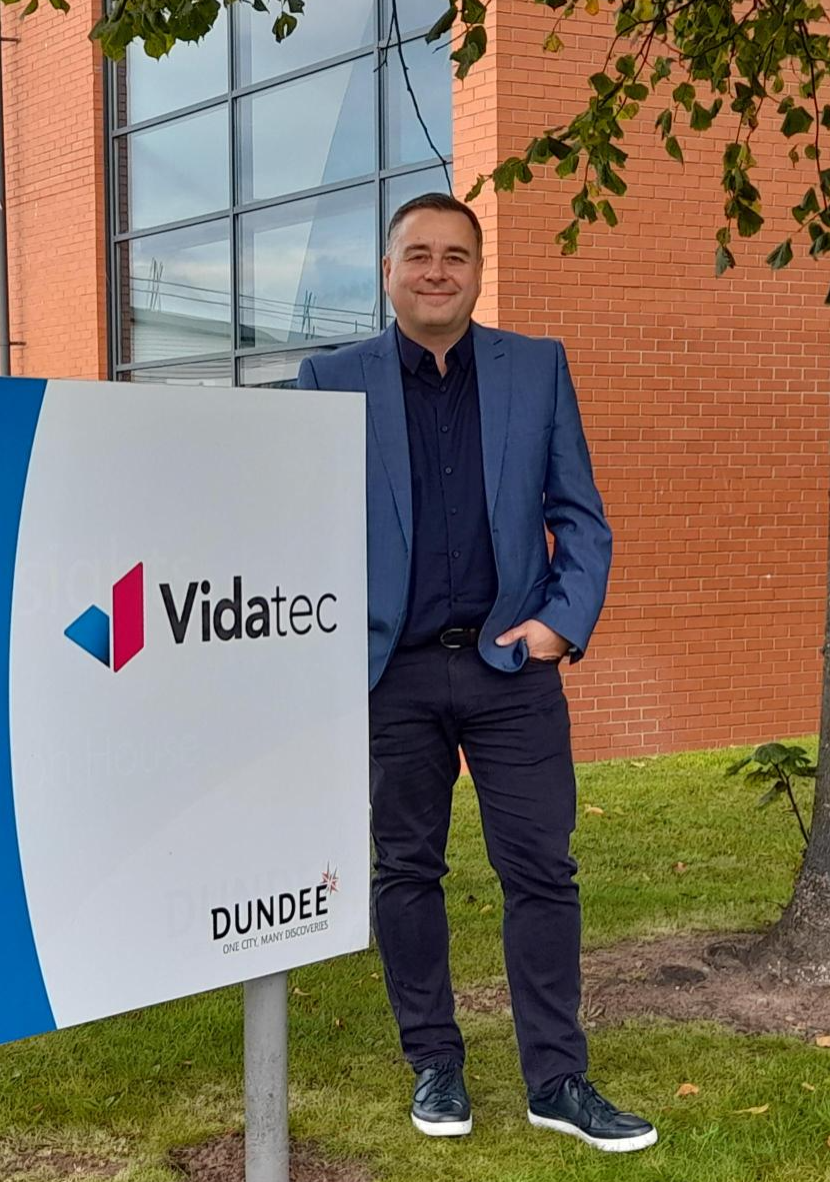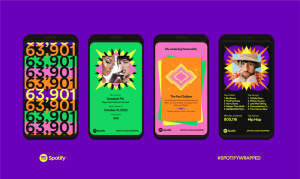Designing Net Zero Apps Users Actually Want to Use
We’ve scoped the challenge. We know what success looks like. Now it’s time to design.
But here’s the thing: Net Zero apps don’t succeed on purpose alone. They succeed when users actually want to engage with them — regularly, meaningfully, and over the long term.
At Vidatec, we design apps that go beyond functionality. Our goal is to create digital experiences that feel personal, intuitive, and empowering — even when tackling complex sustainability goals.
To bring this to life, I’ve asked two of our design experts — Matt Graham and Kym Primrose — to share how they approach Net Zero projects from a UI/UX perspective.
Make Data Digestible
Net Zero is a data-driven mission. But just because you’ve got graphs, doesn’t mean you’ve got clarity.
“We want people to feel the impact of their actions, not just see the numbers,” says Matt Graham, UI Designer at Vidatec.
“That might mean turning a kilowatt-hour into a relatable visual — like how many hours of TV it powers — or showing your carbon footprint as a tree growing or shrinking. It’s about making sustainability emotional and accessible.”
User-friendly data design helps users understand their habits and track their progress. Whether you’re surfacing real-time energy usage or long-term savings, context is key.
Empower, Don’t Guilt
Guilt isn’t a great motivator. Empowerment is.
Great Net Zero apps guide users towards better choices — without overwhelm or judgement. That might mean:
- Celebrating milestones (“You’ve saved enough energy to power your fridge for a week!”)
- Offering low-effort wins (“Try turning off standby mode to save £45/year”)
- Using encouraging, human-centred copy
“People engage when they feel in control,” says Matt, UX Designer at Vidatec. “We design flows that meet users where they are — whether they’re sustainability experts or just getting started. Micro-interactions, gentle nudges, and a friendly tone can make a huge difference.”
Design for Behaviour Change
Your app isn’t just a reporting tool — it’s a catalyst. Every screen, button, and prompt is an opportunity to drive change.
We use principles from behavioural science to:
- Encourage habit formation (e.g. recurring reminders to log energy use)
- Trigger reflection (e.g. monthly sustainability reports)
- Create community (e.g. leaderboards, challenges, or shared goals)
These elements help users not just use your app — but return to it, again and again.
Accessibility Isn’t Optional
An app that helps save the planet should be designed for everyone.
At Vidatec, accessibility is baked into every design decision — from colour contrast and font sizes to voice control and screen reader compatibility. A truly inclusive app is one that empowers every user to take action, no matter their ability or device.
“Designing for accessibility isn’t a compromise. It’s an upgrade. It forces you to think more deeply about user journeys and often leads to cleaner, smarter interfaces overall.”
Test Early, Iterate Often
The best Net Zero features? Often the ones shaped directly by users.
We recommend testing wireframes and prototypes early — even simple clickable journeys — to gather real feedback before you go into build. You’ll be surprised what you learn, and you’ll avoid costly course corrections down the line.
Coming Next: From Launch to Lasting Impact
In Blog 4, we’ll explore how to successfully launch, promote and evolve your Net Zero app — with insights into change management, measuring success, and driving long-term adoption.
Need a design partner who understands the power of purpose?
At Vidatec, our design team blends insight, creativity, and strategy to build digital tools that make a real-world difference.
Meet the author





